
Best Employee Salary Prediction System – A Complete AI Project
Employee Salary Prediction System
Introduction
The Employee Salary Prediction System is a complete machine learning web application developed during my internship under UPDATEGADH. The project focuses on solving one of the most important challenges in human resource management — predicting fair and accurate salaries for employees based on multiple factors such as education, experience, job role, and performance.
Unlike a simple ML experiment, this project was designed as an end-to-end solution. It combines data preprocessing, model training, salary prediction, and visualization into one unified platform. Users can input employee details and instantly receive salary estimates, while HR teams can explore analytical dashboards to understand patterns, trends, and insights within the dataset.
The application was built using modern AI and ML tools, with a strong emphasis on preprocessing techniques, feature engineering, and supervised learning algorithms. In addition, interactive visualizations were included to make the results more meaningful and actionable.
From an academic perspective, this project highlights how machine learning can move beyond theory and be applied to real-world decision-making. For HR professionals, it provides a glimpse into how AI can support compensation planning, reduce bias, and promote data-driven policies. For students and learners, it serves as a hands-on learning experience covering the entire ML pipeline — from raw data to deployment in a usable interface.
Project Overview
| Project Name | Employee Salary Prediction System |
|---|---|
| Language/s Used | Python, HTML, CSS |
| Type | Machine Learning Web Application |
Download New Real Time Projects :-Click here
Objective
The main objective of this project was to develop a Streamlit-based AI-powered salary prediction system. It helps HR professionals and managers estimate salaries quickly by considering multiple factors like experience, education, department, and skills. Beyond prediction, the system also provides interactive dashboards, model evaluation, and even generates detailed PDF reports.
Available Features
The following features were successfully implemented in the project:
- Real-time employee salary prediction using multiple ML models
- Resume upload feature with automatic field extraction
- Preprocessing pipeline for data cleaning, encoding, and scaling
- Interactive dashboards for data visualization and insights
- SHAP explainability for understanding feature importance
- Residual plots, error analysis, and prediction distribution graphs
- Model evaluation metrics: R², RMSE, MAE, and Cross-Validation
- Advanced statistical visualizations (Box plots, Violin plots, Outlier detection)
- T-tests, correlation heatmaps, and hypothesis testing modules
- Trend charts and time-based salary analysis
- PDF report generation with detailed predictions
Dataset Information
- Dataset Name: EMPLOYEE_DATASET
- Source: Kaggle
- Size: 10,000+ records
- Features: Department, Education, KPI metrics, Number of Workers, Target Productivity (proxy for salary)
- Preprocessing Steps: Outlier removal, feature encoding, scaling, and date parsing
Tools and Technologies
- Frontend: Streamlit, HTML, CSS
- Backend/ML: Python, Pandas, Scikit-learn, XGBoost, SHAP
- Visualization: Matplotlib, Seaborn, Plotly
- Resume & Reports: PyMuPDF, FPDF, Regex
Installation Guide (VS Code)
Follow these steps to set up the project on your local system using VS Code:
- Download and Extract Project
Extract the project folderEmployee_Salary_Prediction.zip. - Open VS Code
Open the extracted folder in Visual Studio Code. - Create a Virtual Environment
Open the terminal in VS Code and run:python -m venv venv - Activate Virtual Environment
- On Windows:
venv\Scripts\activate - On Mac/Linux:
source venv/bin/activate
- On Windows:
- Install Dependencies
Run:pip install -r requirements.txt - Run the Application
Start the Streamlit app with:streamlit run app.py - Access in Browser
Once executed, the app will run locally on your browser (usuallyhttp://localhost:8501).
Usage
The project was designed mainly for HR professionals, companies, and data analysts. Here’s how different users interact with it:
- HR Professionals: Upload employee details or resumes, generate salary predictions, and analyze compensation fairness across departments.
- Managers: Use dashboards and statistical insights to understand productivity vs. salary alignment and make informed decisions.
- Data Analysts: Explore the dataset through interactive charts, SHAP analysis, and error evaluation to refine models further.
- Employees (optional): Can view salary ranges and estimated compensation based on personal details (if enabled by HR).
Contributing
Contributions are welcome to make this project even more impactful. If you wish to improve the system (e.g., add new models, enhance UI, or extend dataset support), follow these steps:
- Fork the project
- Create your feature branch (
git checkout -b feature/NewFeature) - Commit your changes (
git commit -m "Added NewFeature") - Push to the branch (
git push origin feature/NewFeature) - Submit a pull request
License
This project is licensed under the MIT License. You are free to use, modify, and distribute it, provided proper credit is given to the developer.
Final Thoughts
As a student working on this project, the Employee Salary Prediction System has been one of the most valuable learning experiences. I didn’t just practice machine learning; I got the opportunity to design a full-fledged application that blends AI models, data preprocessing, visualization, and deployment into a single solution.
This project shows how AI can solve real-world HR challenges such as fair compensation, workforce planning, and productivity alignment. For students, it is an excellent opportunity to understand the end-to-end lifecycle of ML applications—from raw data to deployment. For professionals, it highlights how AI-driven systems can support smarter and faster decision-making.
By completing this project, I strengthened my technical knowledge, improved my problem-solving skills, and gained a clear perspective on how machine learning applications are built for practical industry use. This makes the project not only a strong addition to my portfolio but also a tool that reflects the power of AI in shaping modern workplaces.
We have projects Available in all languages:–Click Here
employee salary prediction system a complete ai project with source code
employee salary prediction system a complete ai project pdf
employee salary prediction system a complete ai project using
employee salary prediction system a complete ai project github
employee salary prediction system a complete ai project python
salary-prediction using machine learning github
salary prediction using machine learning project report
salary prediction dataset csv
employee salary prediction using machine learning github
employee salary prediction using machine learning pdf
employee salary prediction using machine learning python
employee salary prediction using machine learning example
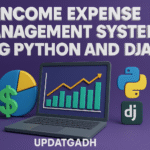
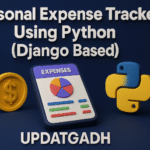
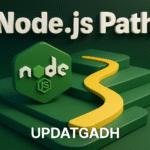

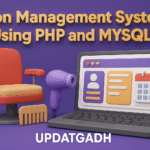
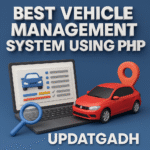
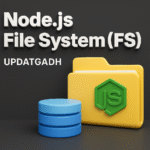
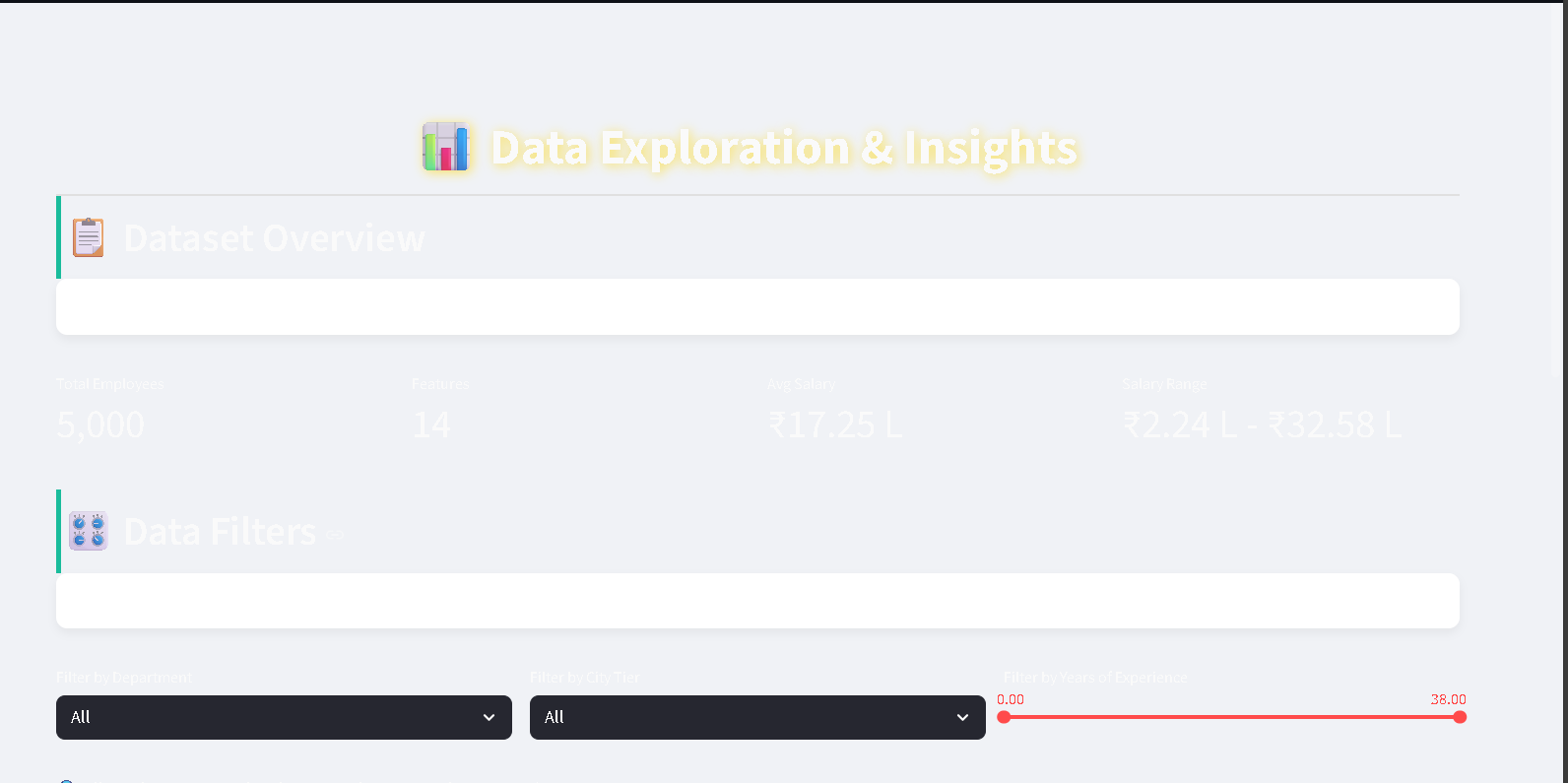
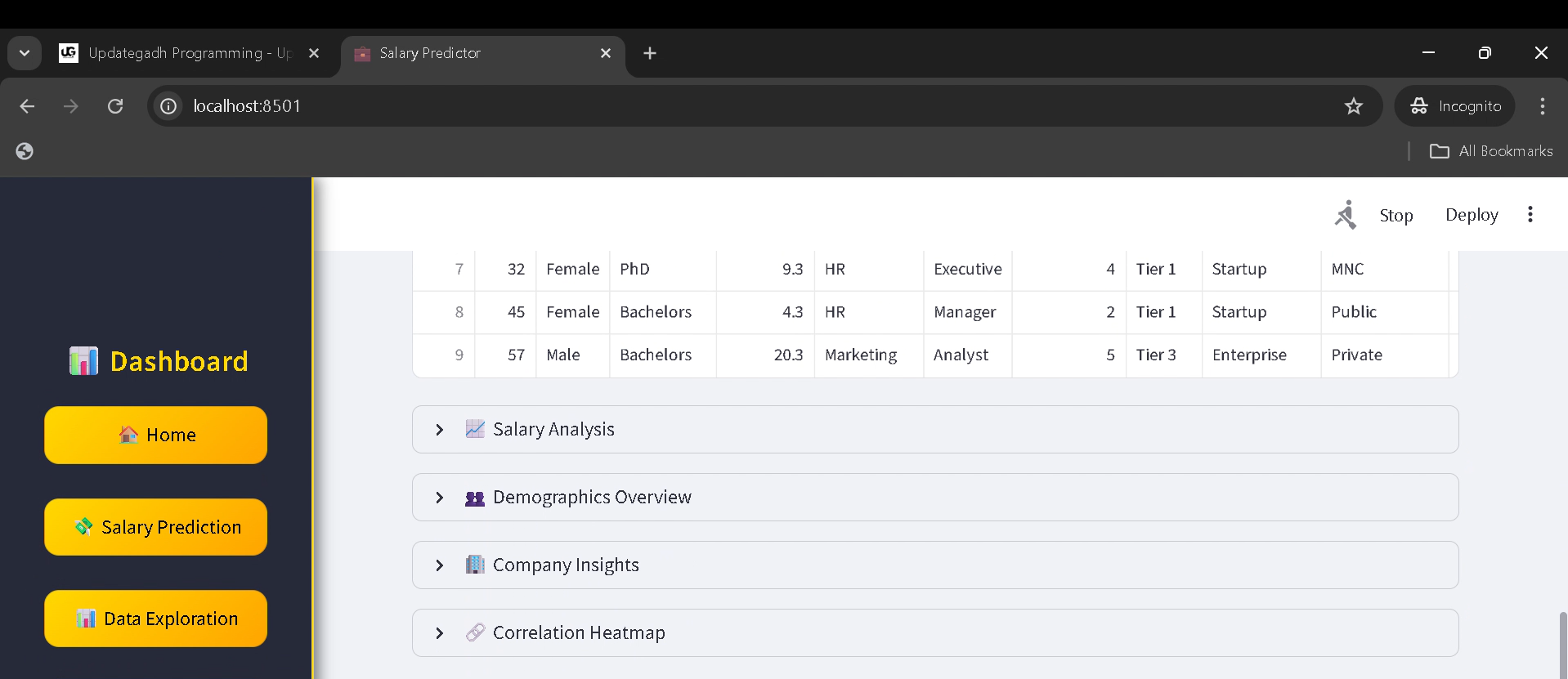
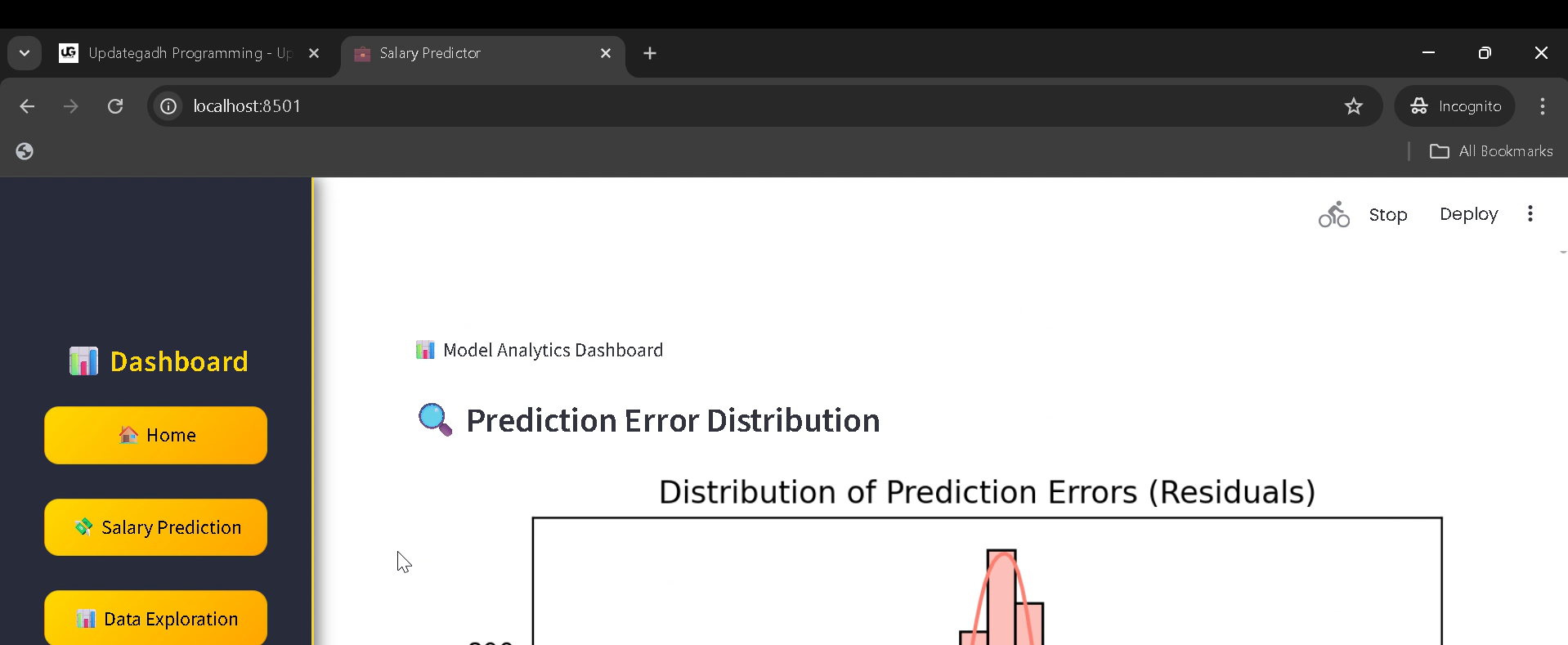
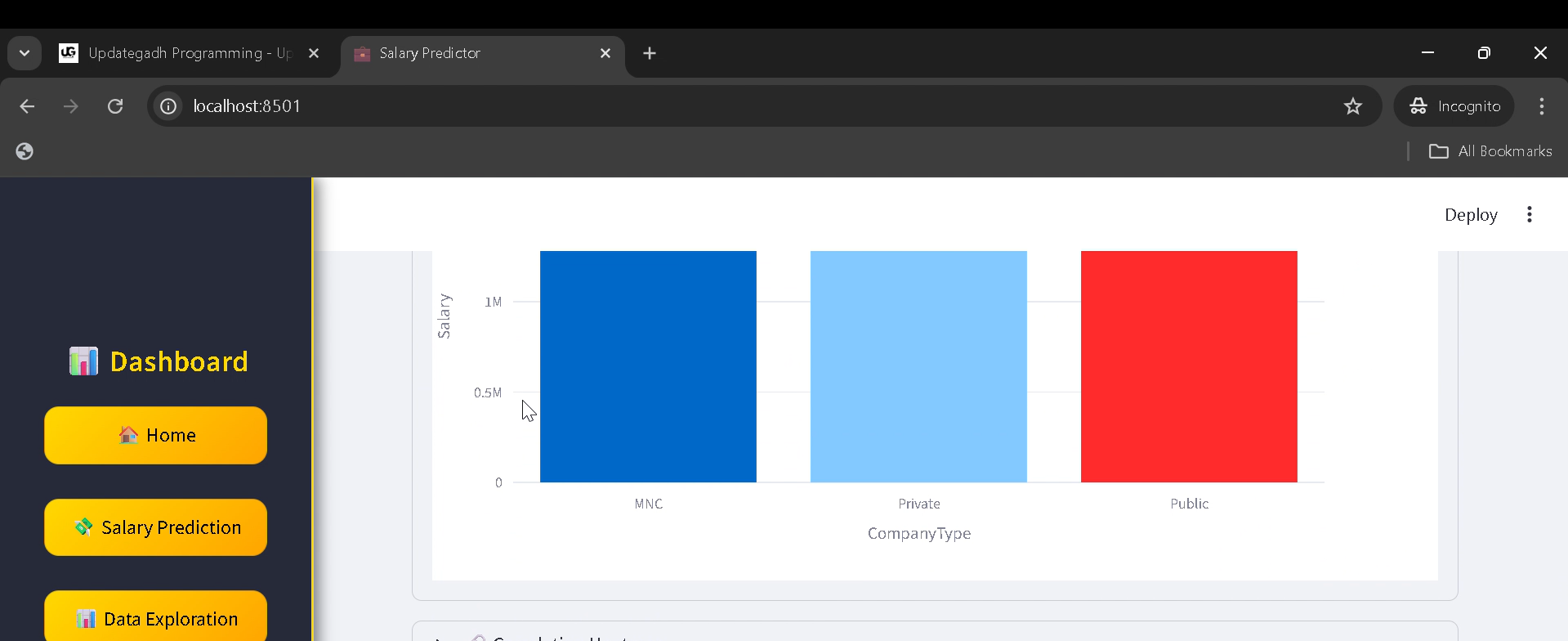
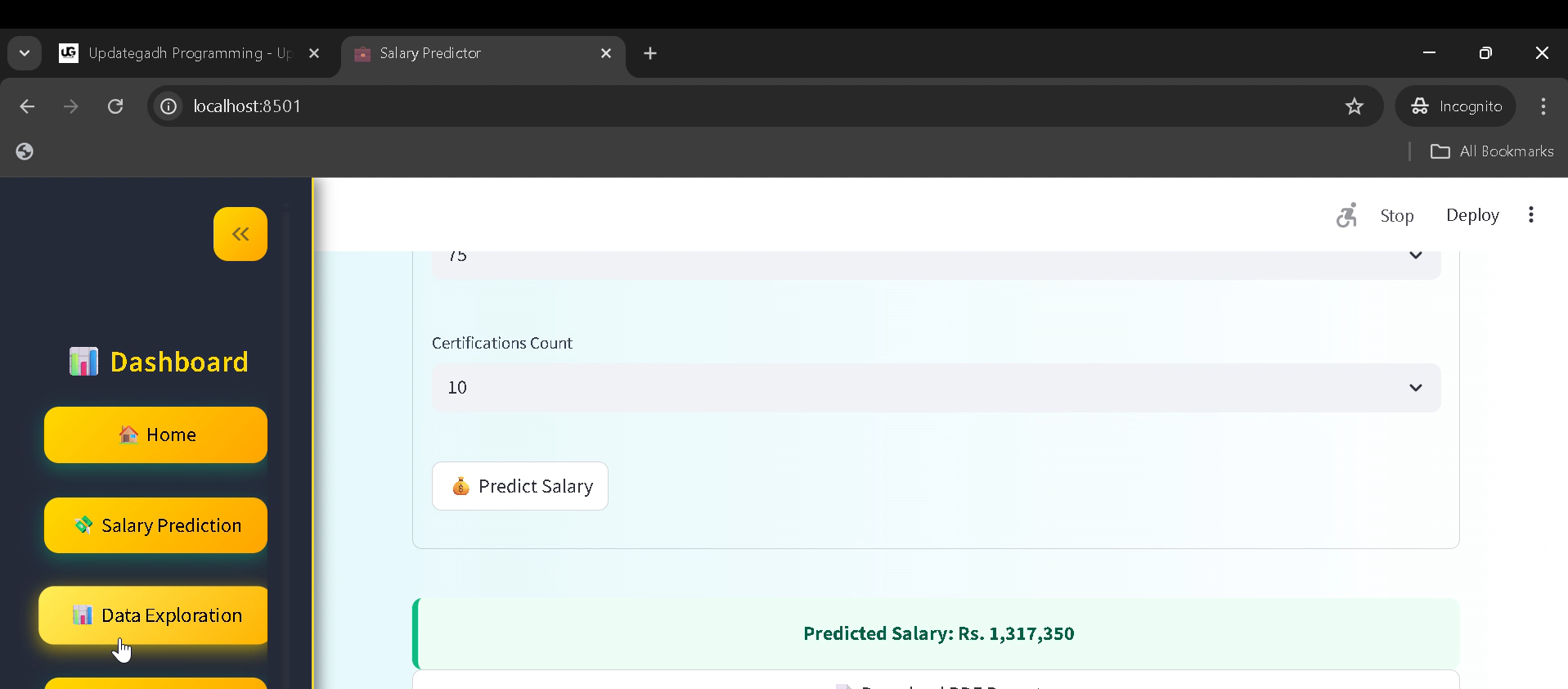
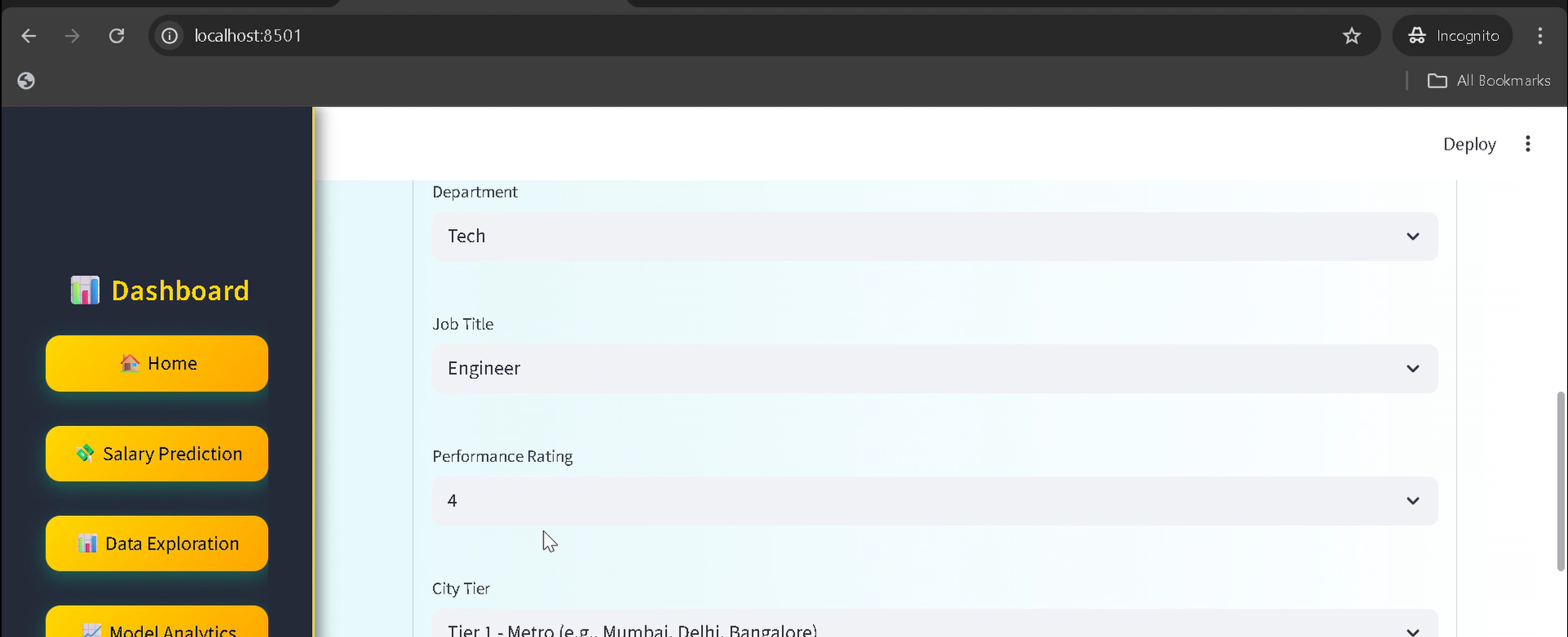
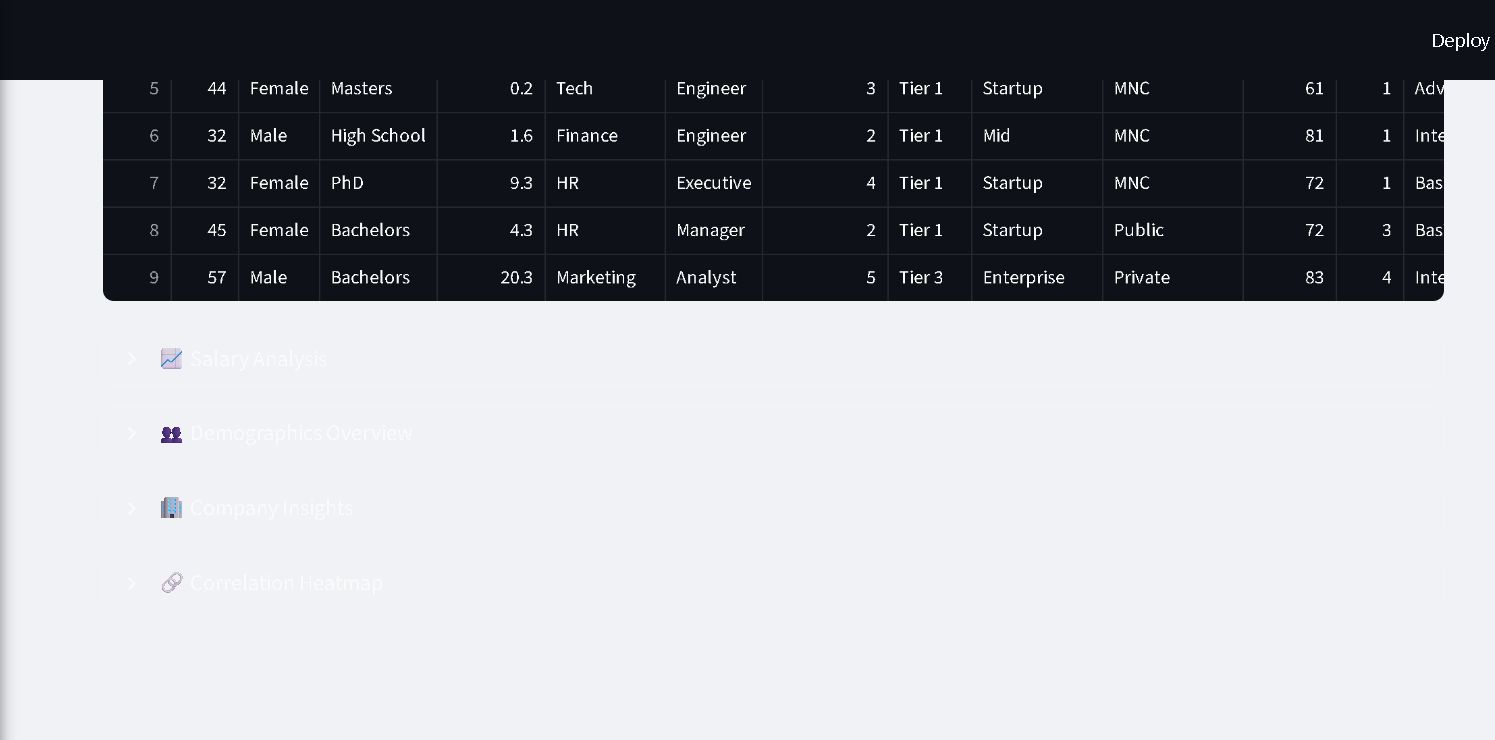
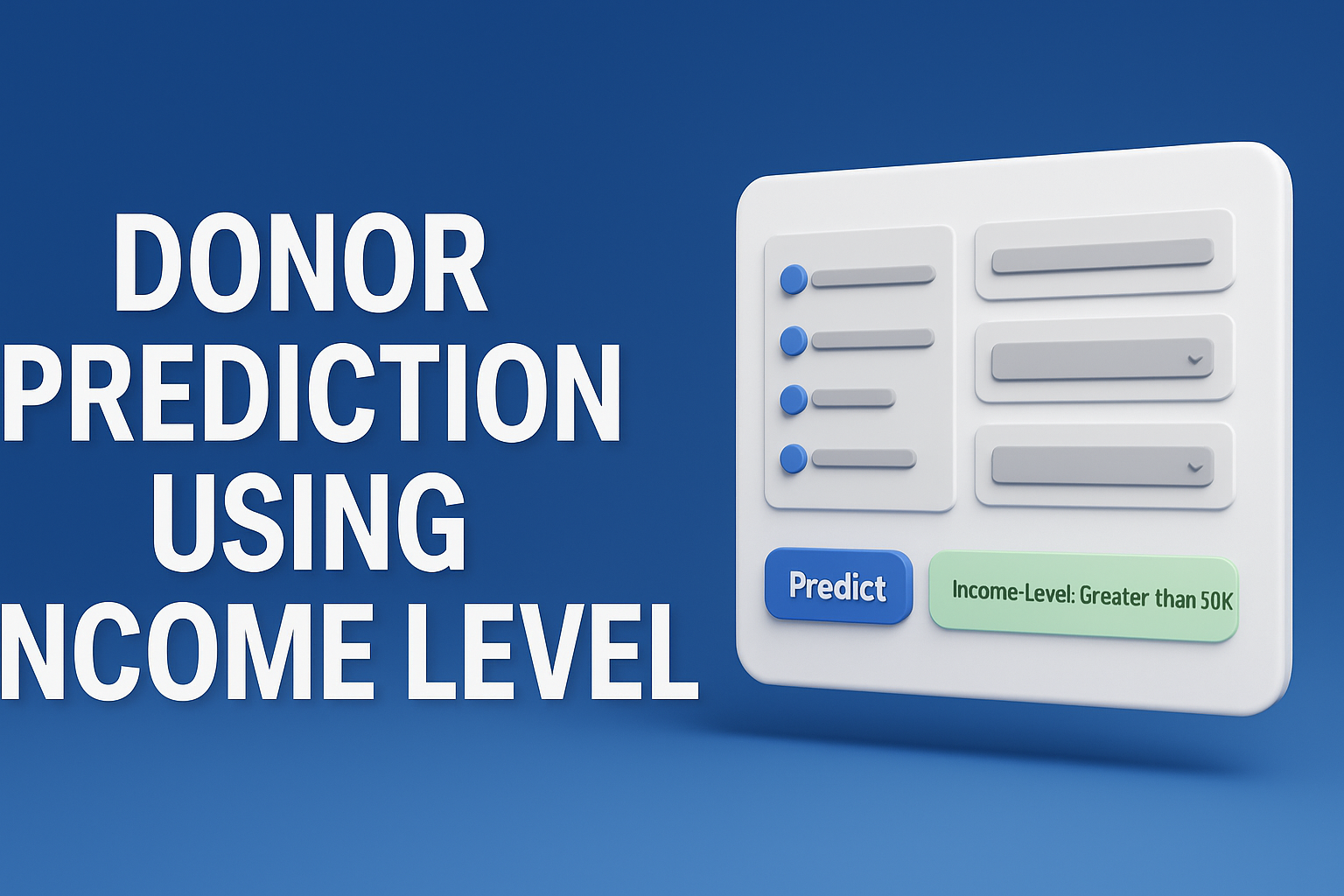
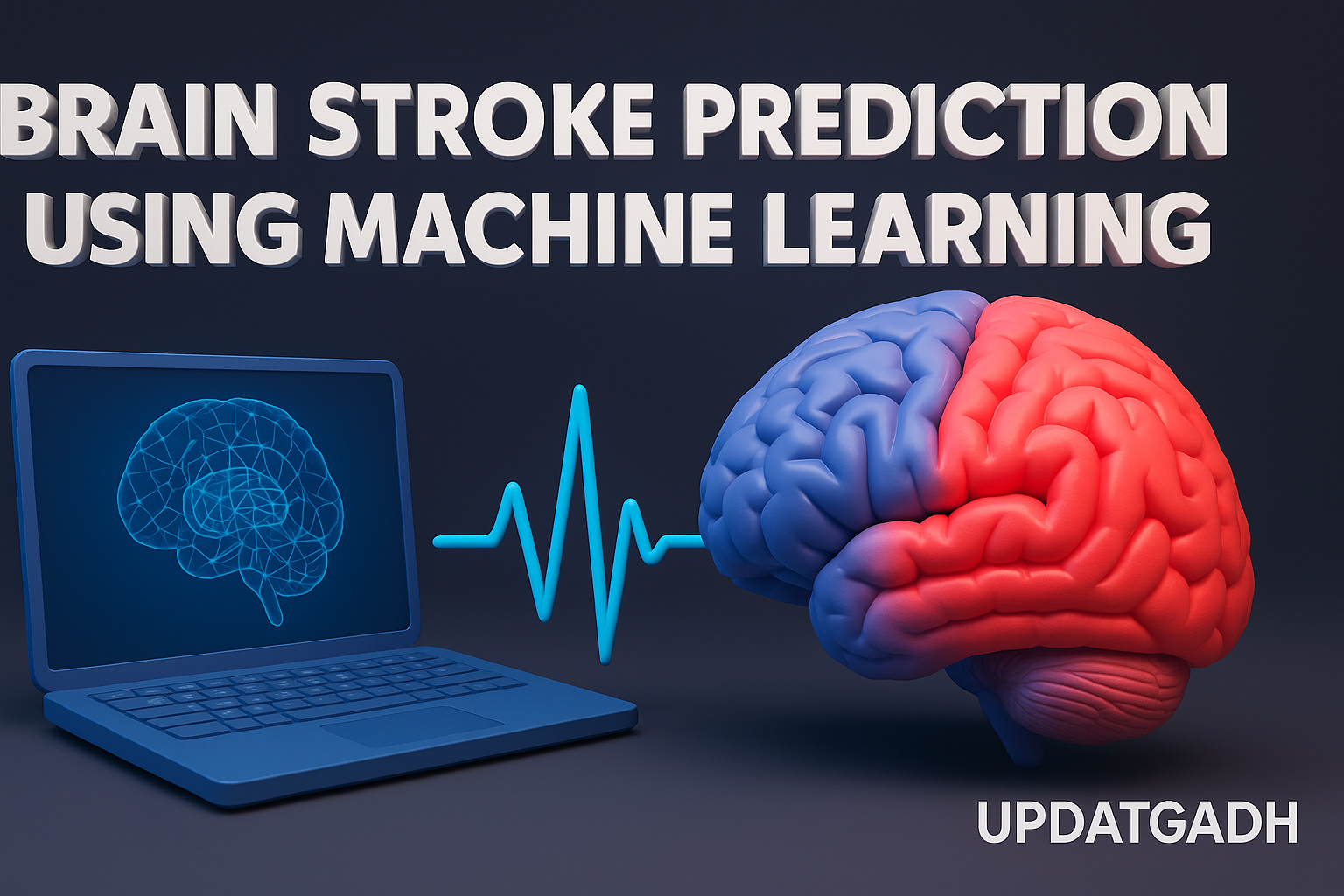
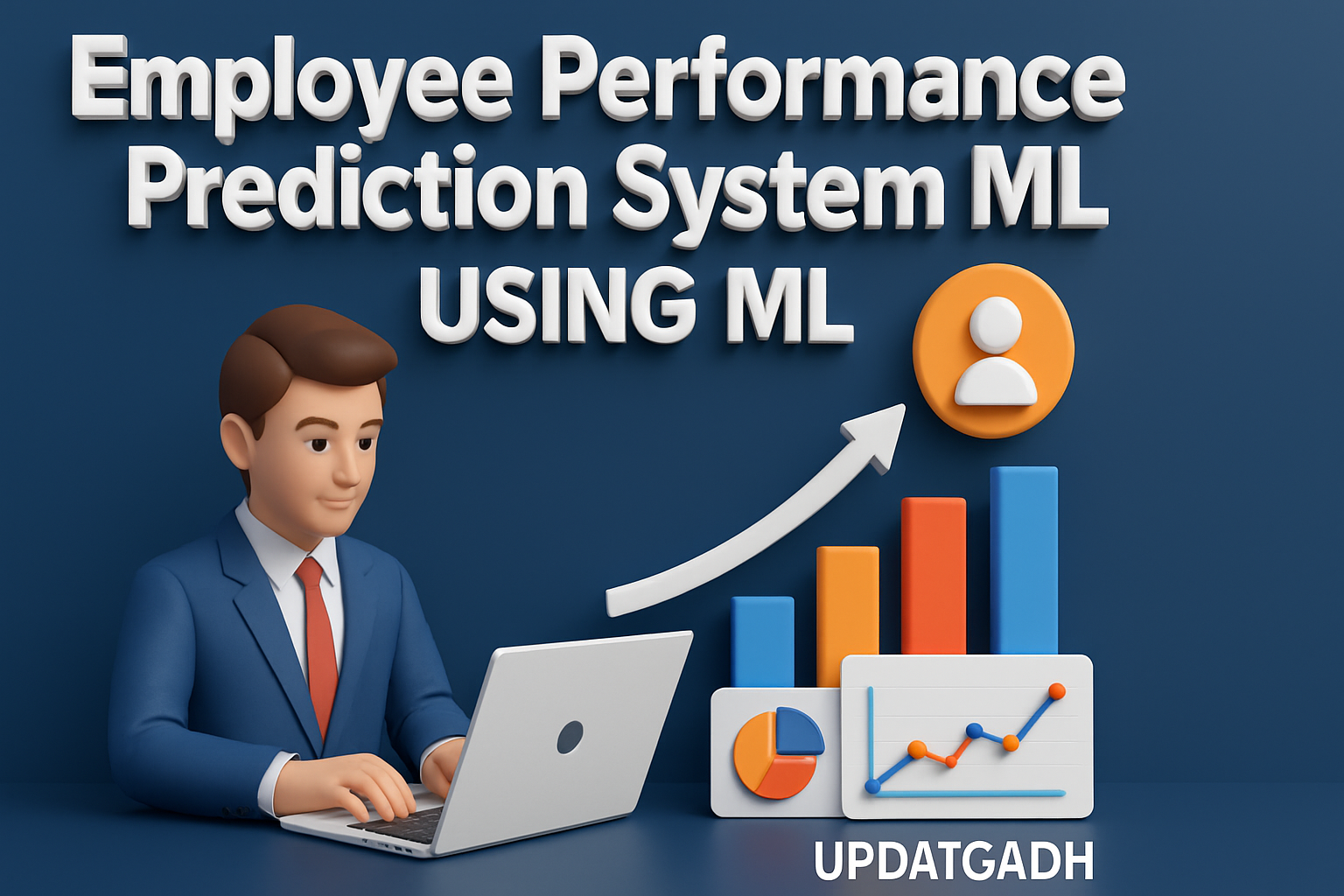
Post Comment